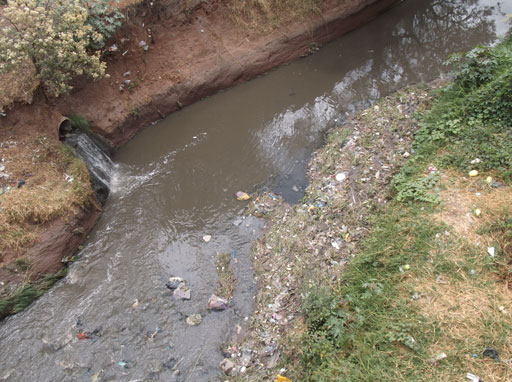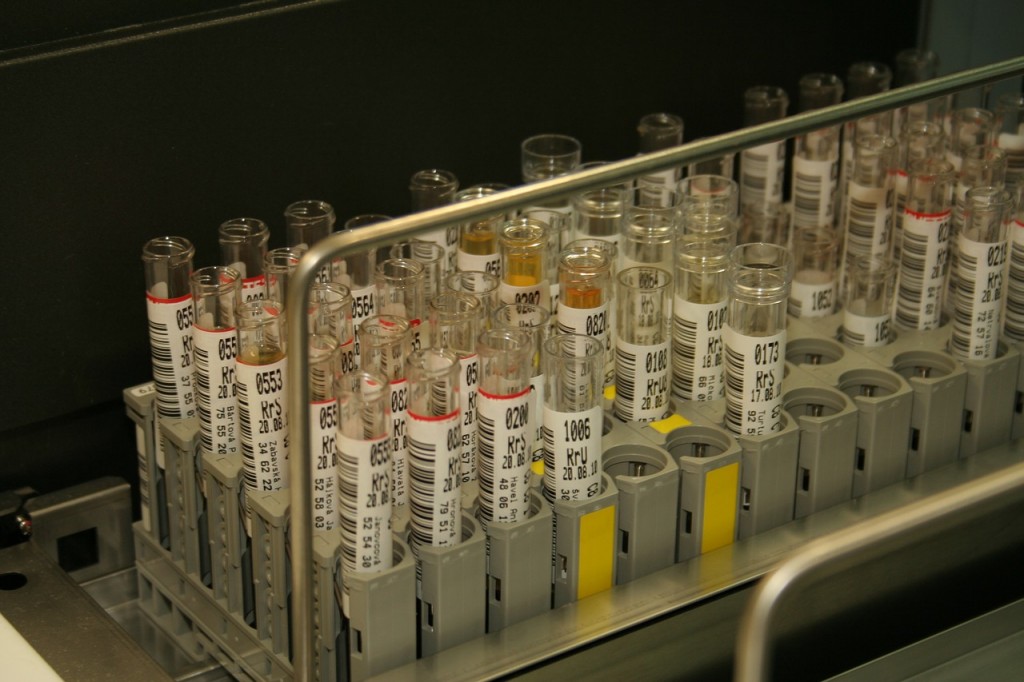Leading Liquid Waste Disposal Melbourne: Trusted Providers for Proper Waste Management
Leading Liquid Waste Disposal Melbourne: Trusted Providers for Proper Waste Management
Blog Article
How Fluid Waste Disposal Works: A Thorough Overview of Strategies and Technologies Used

Introduction of Fluid Waste Kind
The complexity of liquid waste types demands a comprehensive understanding of their qualities and ramifications for disposal. Liquid waste can broadly be classified right into several kinds, including industrial, municipal, agricultural, and hazardous waste. Each classification displays unique residential properties, needing particular monitoring strategies to mitigate ecological and health and wellness dangers.
Industrial liquid waste originates from manufacturing processes and often has a series of impurities, such as hefty steels, solvents, and organic substances. Local liquid waste, largely consisting of wastewater from families and commercial facilities, consists of natural issue, nutrients, and microorganisms (industrial wastewater treatment). Agricultural liquid waste, consisting of overflow from ranches, may have plant foods, pesticides, and pet waste, positioning threats to water high quality and environments
Harmful fluid waste is characterized by its poisoning, sensitivity, or possible to trigger injury. Understanding these diverse fluid waste kinds is essential for creating effective disposal techniques and making sure conformity with environmental regulations.
Physical Therapy Approaches

Testing is the first action, where bigger fragments and debris are gotten rid of from the fluid waste utilizing screens or grates. In sedimentation storage tanks, heavier fragments clear up at the bottom, forming a sludge layer, while the made clear liquid can be further dealt with.
Filtering is another vital technique that entails passing the fluid through permeable materials, such as sand or membrane layers, to record smaller particles. This action enhances the top quality of the liquid, making it ideal for succeeding treatment procedures.

Chemical Therapy Techniques
Chemical therapy methods are important for properly handling fluid waste, especially in resolving dissolved and colloidal impurities that physical methods might not properly eliminate. These techniques use numerous chemical agents to counteract, precipitate, or change unsafe compounds right into much less damaging kinds.
One common technique is coagulation and flocculation, where chemicals such as alum or ferric chloride are included in promote the aggregation of put on hold particles. This process improves sedimentation, permitting simpler removal of the resulting sludge. In addition, oxidation processes, utilizing representatives like chlorine or ozone, are used to break down complex organic substances and pathogens, rendering the waste much safer for discharge or more treatment.
Neutralization is another essential technique, which adjusts the pH of acidic or alkaline waste streams to neutral degrees, preventing prospective damage to downstream systems and the atmosphere. In addition, progressed oxidation procedures (AOPs) utilize combinations of oxidants and ultraviolet light to deteriorate consistent toxins, attaining a greater degree of therapy efficiency.
Organic Therapy Procedures
Organic therapy procedures play an essential role in the administration of liquid waste by using bacteria to break down organic matter and reduce contaminant degrees. These procedures can be generally classified into cardiovascular and anaerobic treatments, each liquid waste disposal using details microbial areas to attain efficient waste deterioration.
Cardiovascular treatment involves using oxygen to facilitate the failure of natural products by microorganisms. This process is typically implemented in turned on sludge systems, where oygenation storage tanks provide a conducive setting for microbial development, resulting in the oxidation of organic toxins. The resultant biomass can be divided from treated effluent through sedimentation.
On the other hand, anaerobic treatment occurs in the lack of oxygen, relying upon different microorganisms to break down raw material. This approach is particularly beneficial for high-strength waste, as it generates biogas, a renewable resource source, while lowering sludge production. Technologies such as anaerobic digesters are frequently used in industrial and municipal applications.
Both anaerobic and aerobic organic treatments not only minimize the environmental effect of liquid waste yet also facilitate resource recuperation, making them crucial elements of lasting waste management strategies. Their efficiency, performance, and adaptability support their extensive implementation across numerous sectors.
Emerging Technologies in Disposal
Ingenious approaches to fluid garbage disposal are rapidly developing, driven by innovations in technology and a boosting emphasis on sustainability. Among these arising modern technologies, membrane layer bioreactors (MBRs) have acquired traction for their capacity to integrate biological therapy with membrane layer purification, causing top quality effluent that can be recycled in various applications. MBRs enable smaller sized impacts and extra reliable procedures contrasted to traditional systems.
Another promising development is using anaerobic food digestion incorporated with nutrient recuperation technologies, which not just deals with fluid waste yet also generates biogas and recovers valuable nutrients like nitrogen and phosphorus. This dual advantage boosts source performance and lowers ecological effect.
Furthermore, advanced oxidation processes (AOPs) are being adopted for the degradation of complex natural toxins. These techniques use powerful oxidants and drivers to break down contaminants at the molecular degree, using an extremely effective solution for tough waste streams.
Moreover, the assimilation of man-made intelligence and device learning in waste management systems is optimizing functional effectiveness and predictive upkeep, causing decreased prices and boosted ecological compliance. These technologies mirror a considerable shift in the direction of more sustainable and reliable liquid waste disposal techniques.
Conclusion
Finally, reliable liquid garbage disposal requires a comprehensive understanding of different techniques and innovations. The integration of physical, chemical, and organic treatment techniques ensures the effective management of diverse waste kinds. Additionally, the appearance of ingenious innovations enhances therapy efficacy and promotes sustainability in waste monitoring practices. By constantly advancing these methodologies, it ends up being feasible to deal with the expanding obstacles related to have a peek at these guys fluid waste, eventually contributing to ecological defense and resource healing.
Liquid waste disposal is a crucial element of ecological administration, calling for a thorough understanding of numerous techniques and innovations tailored to different waste types. Liquid waste can extensively be categorized right into several types, consisting of commercial, metropolitan, farming, and unsafe waste. Agricultural fluid waste, including runoff from farms, may contain fertilizers, chemicals, and pet waste, posing threats to water top quality and ecosystems.
Numerous physical therapy methods play an important function in handling liquid waste efficiently - industrial wastewater treatment.In conclusion, effective fluid waste pop over to this web-site disposal demands a thorough understanding of different methods and technologies
Report this page